PAULINA MARTINEZ: SPIRITUAL LEADER OF GUARANÍ TRIBES IN GUAÍRA
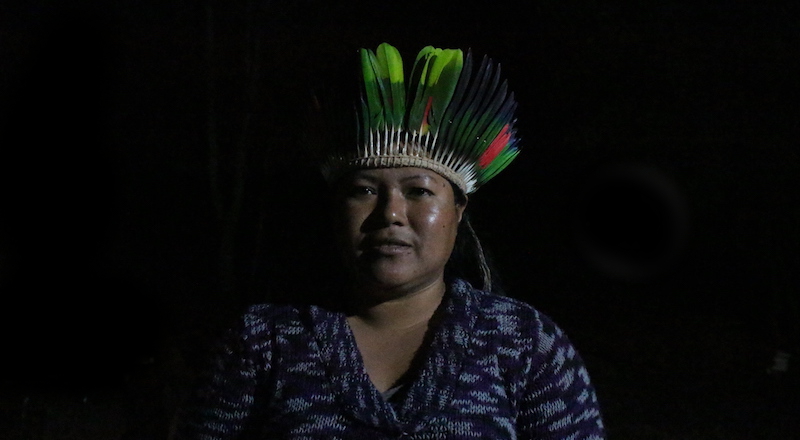
On the border of Brazil and Paraguay lies a town named Guaíra — a small yet modern town with restaurants, bars and all the usual commodities that differentiate urban from rural. In short, this place is nowhere near the jungle, yet it is home to eight indigenous tribes which have only recently moved back to the lands they once used to inhabit.
Guaíra: home to 8 indigenous tribes
The spiritual leader of one of the tribes of Guaíra is Paulina, a young woman I had the honor of talking to after attending a religious ceremony Paulina held for the tribe. Paulina was happy to explain about the tribe to an outsider, as according to her (and according to myself), it is ignorance that creates fear and hatred. Therefore, Paulina tries to keep the tribe open for outsiders.
Paulina and the rest of the tribe was very happy to receive a visitor from so far away. I told them about the white nights and the endless night of the of the North, as well as about the Sami in Finland (which I’m no expert on), the lakes…According to Paulina, the importance in such meetings is that the children of the tribe learn something new. So, I hope that if anyone of you ever visits Guaíra, you go and visit the tribe. They will be welcome you with open arms and it will be a valuable intercultural exchange!
Interview: Paulina Martinez
Here are some of the things I asked Paulina and what she answered. If you would like to know something else the next time I end up in a similar situation, please let me know.
Your community is a combination of two tribes, right?
“That’s right, we are a fusion of two Guaraní tribes, the Mbyá Guaraní and the Avá Guaraní. This is due to the small number of members in both tribes alone, so in order to gain a stronger society, it made sense to combine the two. Now we are around 300 altogether. All our ceremonies are conducted in Guaraní, but they are a fusion of the two different traditions. Also, the leaders (myself and the male leader) are from two different tribes.”
How does the majority treat the tribe?
“I think the biggest problem is that people tend to generalize. If someone from one tribe does something bad, it affects all tribes. Yet, we try to do our best to respect the majority and hope that they will respect us. Until now, I think we have been able to live together quite peacefully. Yet, I must say that it is quite difficult if not impossible to enter certain jobs because of discrimination. For example, for years I wanted to be a teacher, but I just saw no way to it.”
What is the status of the tribe in the society?
“We don’t have Brazilian citizenship, but the municipality keeps a register of all the indigenous people. Most children attend public school, but I also teach the Guaraní language here in the Aldeia Tekoha Yvohy (the tribe’s village). As for work, some of us work with land, but many also have quite typical jobs in town, with a monthly salary.”
What does your religion consist of? One God? Many deities?
“We believe in one God, who we call Ñanderu Etê (‘Our True Father’). Then there is the female Goddess, Ñande’cy Etê (‘Our True Mother’), and the twins…and then the gods of the nature…” (I didn’t have the means to understand the whole religious system in three hours. But the point is: there is one main God and many smaller deities, as typical to indigenous belief systems.)
Guaíra: an overview
Guaíra is a municipality in the South West of Brazil, in the province of Paraná. Its name comes from the Guaraní ‘a place of difficult access’, referring to the huge waterfalls that once dominated the landscape of the area. These waterfalls used to keep the area so fertile that the indigenous people considered it a paradise which nowadays is lost for good. The city lies next to the river Paraná, which also forms a natural border between Guaíra on the Brazilian side and Saltos del Guairá in Paraguay.
Strangerless observes:
The indigenous people of Guaíra live close to the city center, in small, wooden houses. The living conditions of the tribe is very similar to the reserves of the Native Americans of North America. At the moment of my visit, they were building a new place for holy ceremonies. Although to the outside the tribe looks very much like the stereotype people have of a Brazilian tribe, it is very modern (just as the Sami in Finland). The tribe members have Facebook, smartphones, motorcycles, jeans (and modern name as well as indigenous ones)…I’m just mentioning this because of persistent images that have been glued into our heads. And no wonder. That’s all we see to the outside. And by the way, the feathers Paulina wears during ceremonies? They protect her from bad spirits.
How I met Paulina?
I met Paulina and her tribe thanks to my host in Guaíra, Pricila, and her friend, Mateus, who works with the tribe and is the only non-indigenous person baptized into the tribe. Pricila thought I might be interested in visiting the tribe (as I was indeed!) and so she contacted her friend who she hadn’t seen in ages. Mateus then went to visit Paulina in the afternoon to ask if we could join them for the evening ceremony. As the tribe is very open to visitors, they said ‘yes’. I’m incredibly impressed and grateful for this experience, which was very unexpected!! (Btw. the pictures are quite hazy, but it was very dark at the moment of our visit…)


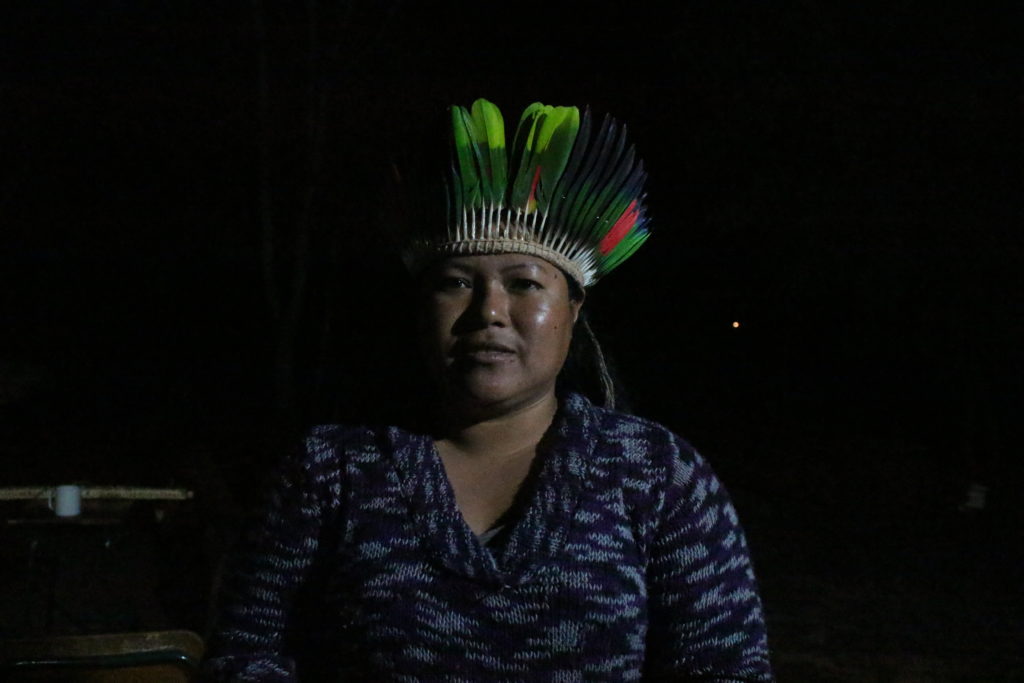
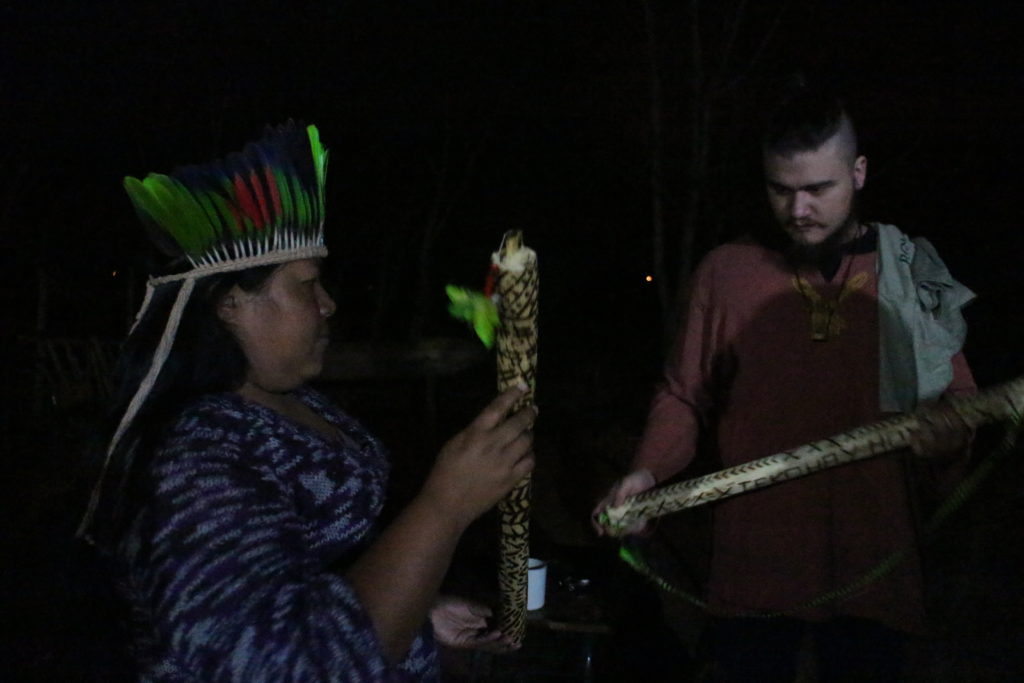
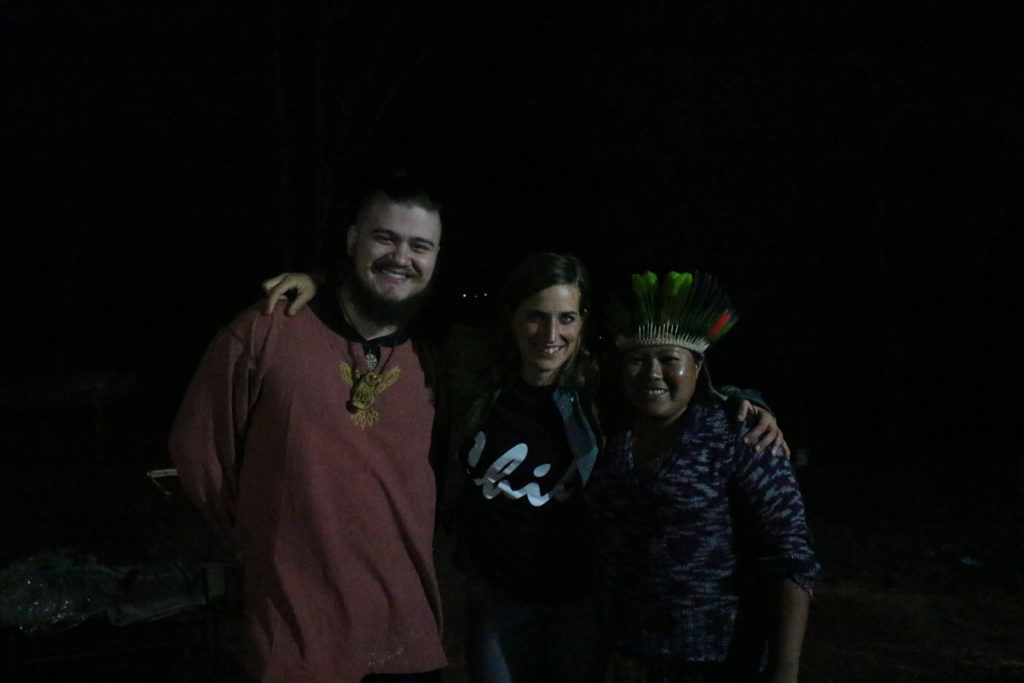
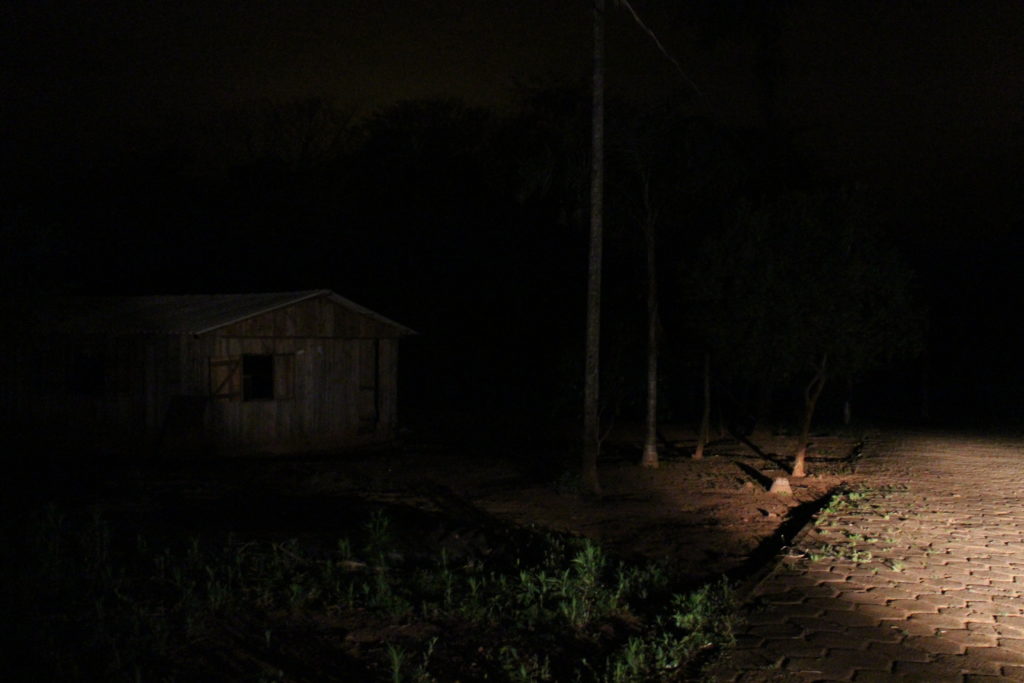
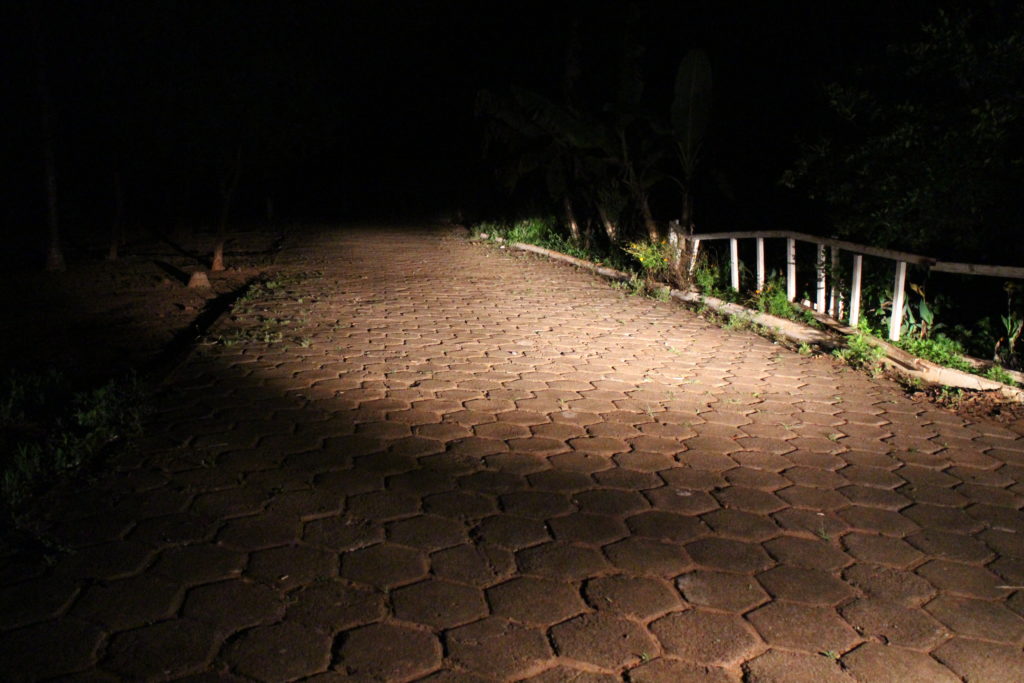
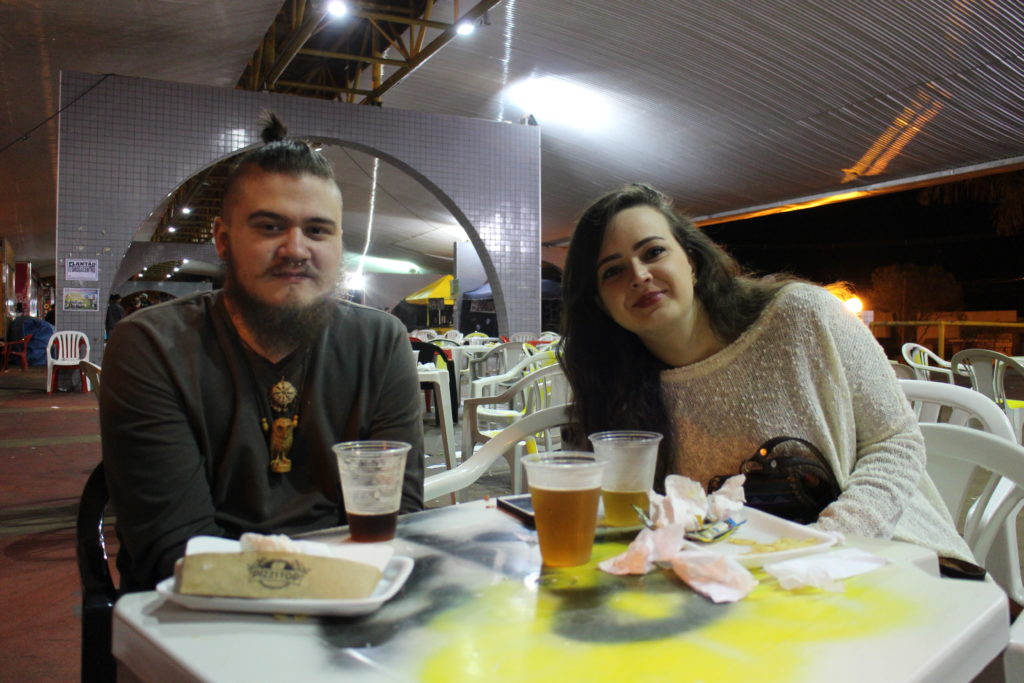
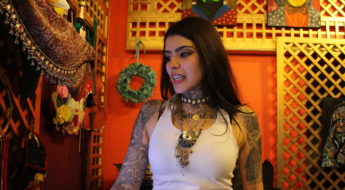
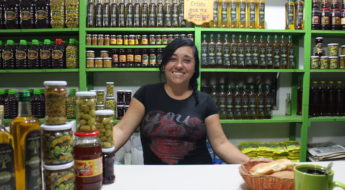
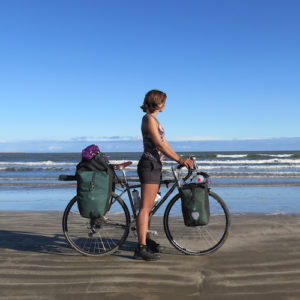
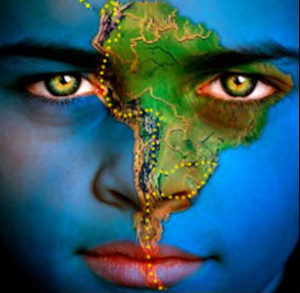
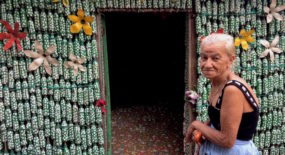

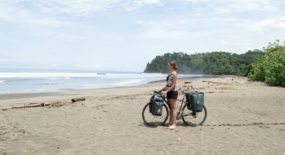
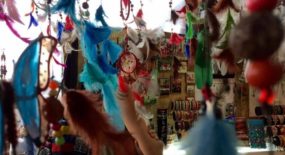


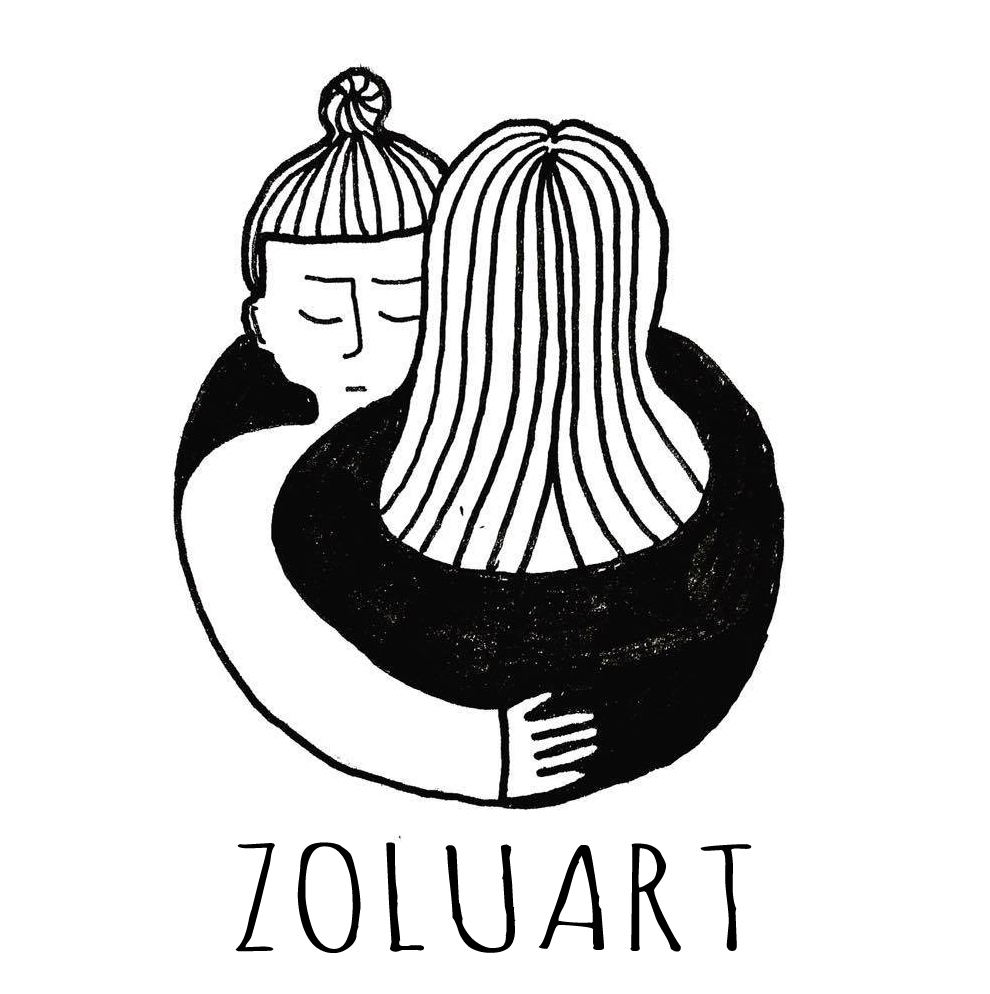



Wow, I would love to visit a place like that. Amazing experiences and encounters you getting there! 🙂 Greets from Finland!
Laura!!! You should! I’m sure you would love it as much as I did. Now I’m already in Paraguay and the local cultures here are just amazingly interesting. Such variety is hard to come by in Europe…